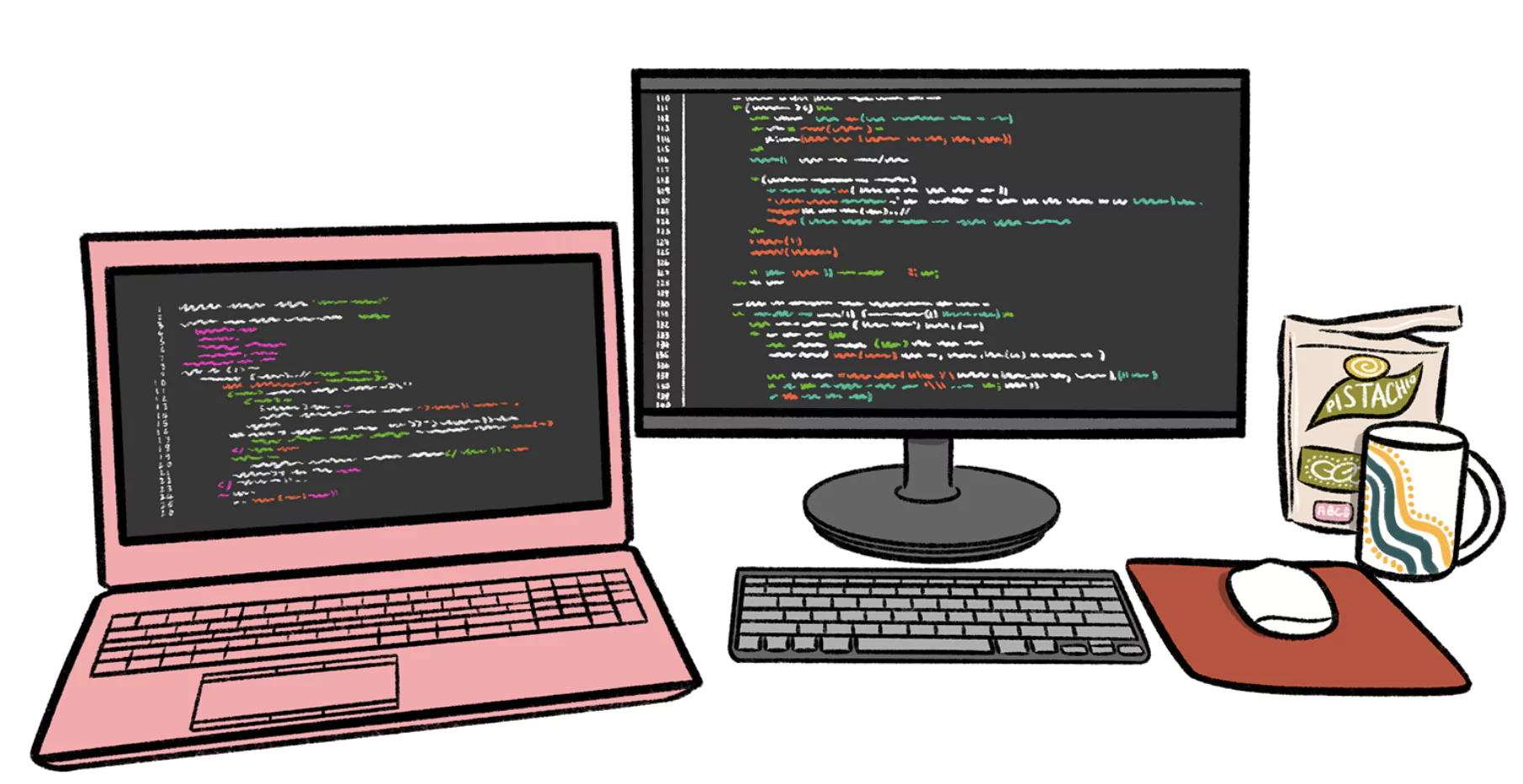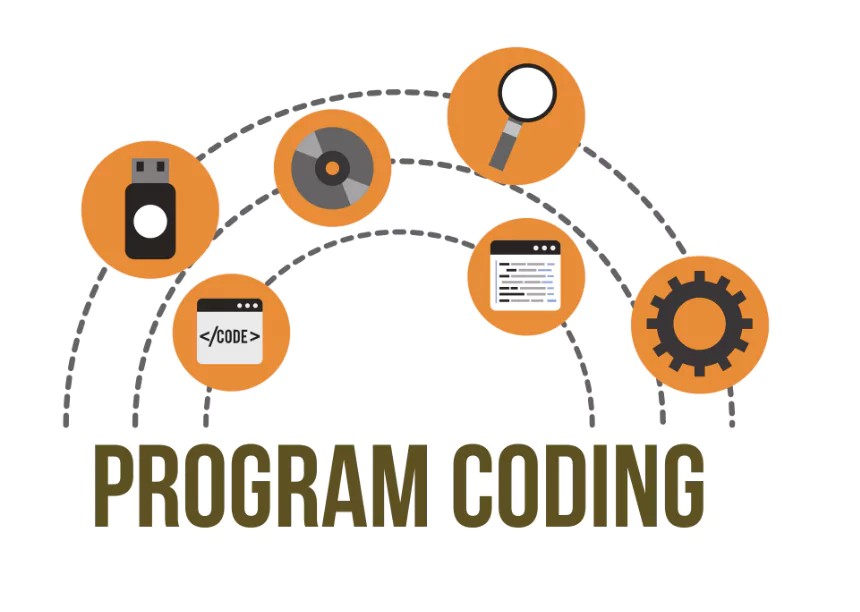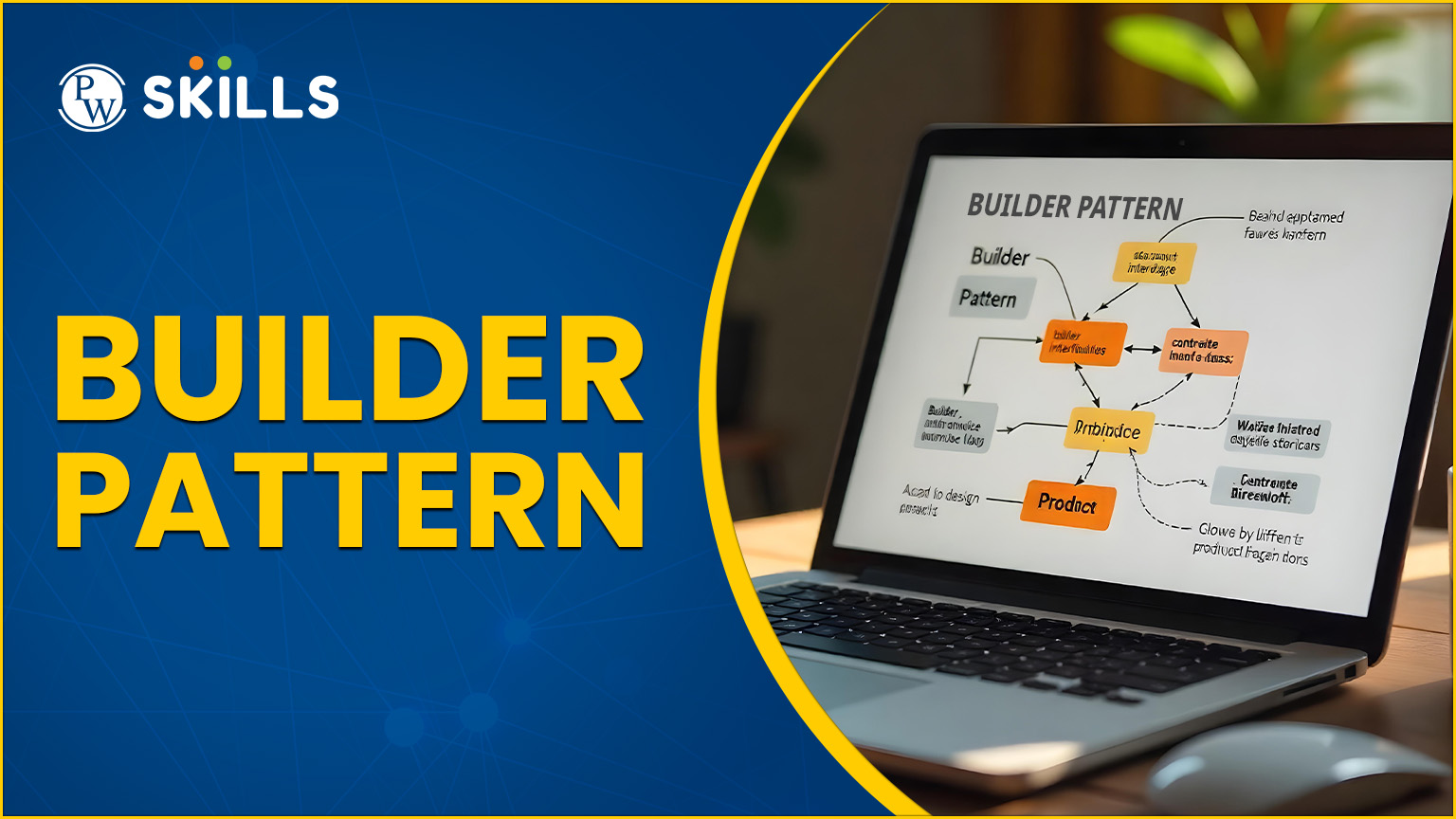Builder pattern is a fundamental design pattern in C++ object-oriented programming. It is used in software design to construct a complex object in a simple step by step process. Its complete work is based on separating the construction of complex objects from its representation.
This allows different representations of the same construction process. In this process, we will learn more about the Builder pattern and its importance in Object oriented programming.
What is the Builder Pattern?
The Builder pattern is a part of C++ design patterns, also known as the creational design pattern. It is used to build complex objects in an easy step by step process. It enables the creation of different representations of an object using the same code.
With the help of the builder pattern, we can separate the construction of an object from representation, which provides us an efficient way of handling different operations.
Builder Pattern: Key Takeaways
- The builder pattern decouples object creation from the actual object structure.
- It is useful when the object has many optional parameters; it facilitates construction in steps.
- It provides flexible solutions to various object creation problems in Object Orientated Programming (OOP).
Why Do You Need the Builder Pattern in C++?
Builder patterns become useful in C++ programming when you need to construct complex objects with specific functions and many configurations. The builder pattern addresses an issue named as “Telescopic constructor anti-pattern”, which is a situation occurring when a class has many parameters.
Developers try to solve them by using overloaded constructors, which leads to too many constructors, hard-to-read or error-prone code and difficult-to-maintain design. This is where we need a Builder Pattern in C++.
- When there are too many constructor overloads, then the builder pattern can replace it with fluent step by step builder methods.
- When there are no clear parameters, then with builder methods we can solve it by using named methods.

It also works in solving complex setup logic and immutable objects to keep construction logic out of the class itself. For example, when you go into a car manufacturing company, you do not just instruct them to “make a car” with no clear instructions.
It might be confusing and complex to build. While, as per the Builder pattern, we break it into many steps, such as adding wheels, painting it red, adding a sunroof, and more. This is a flexible and effective method.
Read More: Command Pattern in C++ Programming: Complete Explanation
Key Components of Builder Pattern In C++

Let us know some of the major components of the builder pattern in C++ programming below.
1. Director
The director, as the name suggests, is the main component of the builder pattern. It is responsible for the complete construction process of the program. The director works simultaneously with the builder pattern to build an object.
The director has complete information about all the steps to build an object but does not have information about how the steps will be implemented throughout the process.
2. Builder
The Builder is an abstract class or, say , the main interface of the builder pattern in C++ programming. It defines the construction steps required to create an object.
It decouples the object construction logic from the object representation. It allows for different concrete builders to create representations of the object.
3. Concrete Builder
The Concrete Builder are the classes which are used to implement the complete builder interface. It handles the logic for building an object in a consistent and flexible manner.
It can easily contain values like validation, incremental configuration, default values, and more. There can be multiple builders for different types of products or configurations in a system.
Read More: Command Design Pattern In C++ Object Oriented Programming (OOPs)
4. Product
The product is the end object or final object which we are working to create. It can have methods which can easily alter the components in the system.
Products contain many optional or required fields, dependencies, and readability concerns when passing multiple parameters.
Examples of Builder Pattern In C++ Programming
Let us now try to understand the builder pattern in C++ programming with the help of a simple example.
Suppose you want to build a Car object that can have certain properties such as model, engine, colour, and sunroof. You can use the builder pattern to implement these features step by step.
1. Product Class
The complete class definition of the Car object is compiled in the product class. The product is the end object or final object which we are working to create. It can have methods which can easily alter the components in the system.
| #include <iostream>
#include <string> using namespace std; class Car { public: string model; string engine; string color; bool sunroof = false; void show() const { cout << “Car Model: ” << model << “\n” << “Engine: ” << engine << “\n” << “Color: ” << color << “\n” << “Sunroof: ” << (sunroof ? “Yes” : “No”) << endl; } }; |
2. Builder Interface
| class CarBuilder {
public: virtual CarBuilder* setModel(const string& model) = 0; virtual CarBuilder* setEngine(const string& engine) = 0; virtual CarBuilder* setColor(const string& color) = 0; virtual CarBuilder* setSunroof(bool hasSunroof) = 0; virtual Car build() = 0; virtual ~CarBuilder() {} }; |
3. Concrete Builder
The Concrete Builders are the classes which are used to implement the complete builder interface. It handles the logic for building an object in a consistent and flexible manner. Here it handles the logic for building the Car object.
| class ConcreteCarBuilder : public CarBuilder {
private: Car car; public: CarBuilder* setModel(const string& model) override { car.model = model; return this; } CarBuilder* setEngine(const string& engine) override { car.engine = engine; return this; } CarBuilder* setColor(const string& color) override { car.color = color; return this; } CarBuilder* setSunroof(bool hasSunroof) override { car.sunroof = hasSunroof; return this; } Car build() override { return car; } }; |
4. Client Code
The final delivery with the specs, such as model, engine, color, and sunroof in the selected car model.
| int main() {
ConcreteCarBuilder builder; Car myCar = builder->setModel(“Sedan”) ->setEngine(“V6”) ->setColor(“Blue”) ->setSunroof(true) ->build(); myCar.show(); return 0; } |
Output
| Car Model: Sedan
Engine: V6 Color: Blue Sunroof: Yes |
When to Use Builder Design Pattern?

There are certain situations when builder design patterns can be more beneficial. Let us know more below.
- The Builder design patterns are more effective for complex object construction.
- When the object creation requires many stages and when it involves many steps for creation of objects.
- You can use a builder design pattern when the number of parameters in a constructor becomes too large and using telescoping constructors can lead to errors.
- When you need object creation to be decoupled from its representation from the final product. It helps in maintaining and updating code easily.
- When you want more flexibility, readability and modification in your code.
- When you need immutable objects which is good for thread safe or consistent behavior.
When Not to Use Builder Pattern In C++ Programming?
There are certain situations in which using the builder pattern in C++ programming is not beneficial. Let us get familiar with some of these situations below.
- When you are creating a simple object with only a few and simple parameters then you can avoid using builder pattern as it might not be necessary.
- When performance is the priority then you might avoid using builder pattern as it might add code overhead in the program along with extra methods due to object and class creation. This might impact the performance adversely.
- Builder design patterns can increase the code complexity and hence when the object can be constructed simply and do not need step by step construction, consider avoiding the builder approach.
- When the product is in tight coupling with the builder then modification might become tedious. In this situation you might face restrictions and limitation with minimum flexibility in the code.
Advantages of Builder Pattern In C++ Programming

There are many benefits of using the builder pattern in C++ programming, let us get familiar with some major benefits below.
1. Eliminates Telescopic Constructors
Telescopic constructor anti-pattern is a situation which arises when you need multiple overload constructors to handle optional parameters.
The telescopic constructor problem can be avoided using the builder pattern in C++ programming using a step by step readable approach.
2. Improves Code Readability & Maintainability
With a builder pattern you will have better control and stay familiar with the entire properties being a step in the entire operations. It is easier to maintain and understand especially when many parameters in the methods are optional.
3. Encapsulate Complex Logic
The builder pattern hides the complex logic and the construction details inside the builder class. It makes the client code cleaner and separates the how to build from what to build in the logic.
4. Reusable Code
The code can be reused in the builder pattern which can be used to create multiple objects with similar or minor differences. You can create multiple builder classes for different product with some variations.
5. Parameter Validation
The builder function can validate the parameter during the construction process which ensures that only valid configurations or values can pass through the methods to create an object.
6. Object Complex Creation
With builder pattern creation of complex objects can easily be simplified breakdown of the construction process into a series of well defined steps.
Disadvantages of Builder Pattern In C++ Programming

Let us get familiar with some of the major disadvantages of the builder pattern in C++ programming.
1. Overhead Code
When implementing builder code it might require developers to write additional code for builder classes which can make code lengthy and a bit more complex.
2. Harder to Understand
Beginners might find it hard to get familiar with the builder pattern in C++ object oriented programming such as separation of concerns, method chaining, abstraction, and more.
Developers who are not familiar with the design patterns might get confused with its implementation.
3. More Maintenance Required
The complete builder pattern system is lengthy and might need more maintenance. Any change in the product class requires all concrete builders, builder interface and event director to be changed manually.
4. Distinct ConcreteBuilder
In builder pattern, a distinct concrete builder is required to be created for each type of product. Also the builder class must be mutable.
Also Read:
- Command Design Pattern: A Complete Explanation
- Command Pattern | C++ Design Patterns
- Lambda Expressions in C++ (10 Deep Insights)
- Concept of OOP in C++: For Beginners In Programming
Learn C++ Programming with PW Skills
Strengthen your programming skills in C++ language with PW Skills Decode DSA With C++ Course made for beginners as well as professionals who want to level up their programming game. Master your logic making and solve a lot of real world problems within this course program.
This is a self paced program with pre-recorded lectures from our dedicated mentors which will help you prepare a strong job portfolio, build job networks, soft skills and prepare you for a solid foundation for a career in programming and development. Complete the course and make yourself job ready only at pwskills.com
Builder Pattern In C++ FAQs
Q1. What is Builder Pattern in C++ ?
Ans: The Builder pattern is a part of C++ design patterns, also known as the creational design pattern. It is used to build complex objects in an easy step by step process.
Q2. Why use Builder Pattern in C++ programming?
Ans: Builder pattern in C++ programming is used to break creation of complex objects into simpler step by step methods. It is generally used in software design and used when there are many optional attributes required to initialise a class.
Q3. What is the multiple constructor issue in the Builder pattern?
Ans: The builder pattern in C++ OOPs can be used to simplify object creation by separating the construction logic from the object representation.
Q4. When not to use Builder design patterns?
Ans: The builder design pattern must not be used for simple object construction, performance concerns, immutable objects with final fields, increased code complexity and more.
Q5. What is Builder in Builder Design Pattern?
Ans: The builder is an interface which is used to declare the construction steps of the object. It includes the methods and define the interface for complex object creation.

